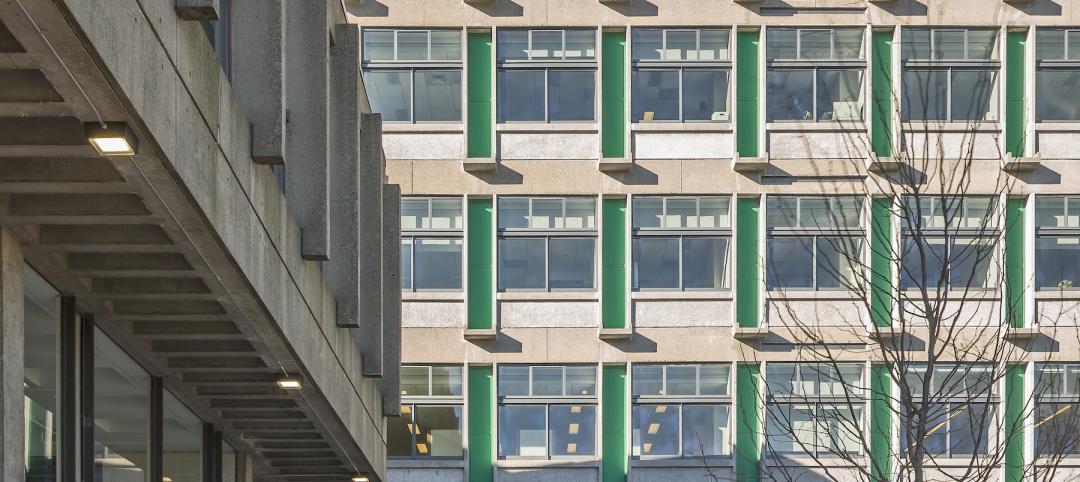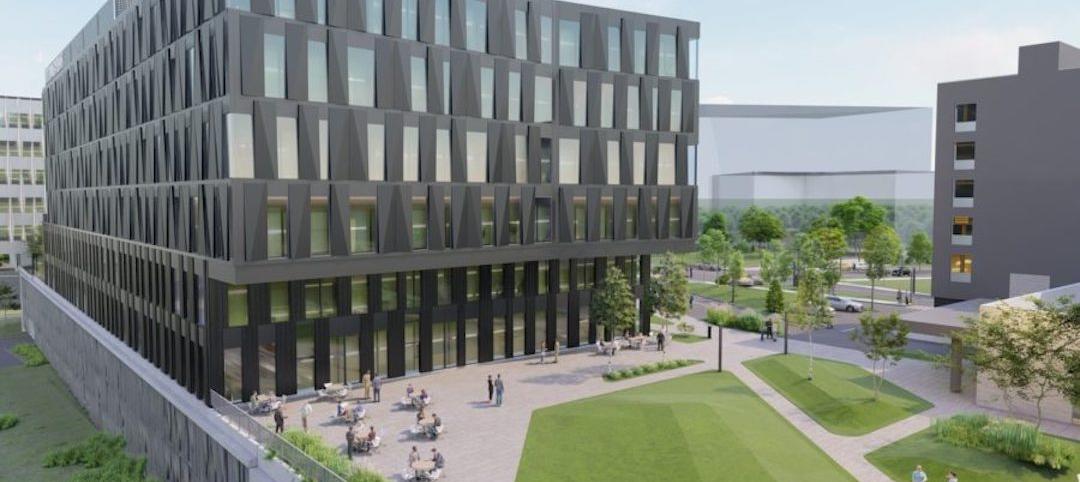Honeywell and Merced College kicked off an energy conservation initiative that aims to reduce the school’s annual operating costs by $180,000 through energy-efficient building upgrades.
The program also includes the launch of an enhanced college curriculum focused on teaching conservation strategies that utilize the energy-efficient building upgrades as a real-world case study for classroom learning.
As part of the project, Honeywell will make building infrastructure improvements to 16 campus buildings, including the installation of energy-efficient lighting and upgraded heating, ventilation and air conditioning (HVAC) systems. Overall, these campus building improvements are expected to trim the college’s electricity use by more than 1.5 million kilowatt-hours annually - enough energy to power nearly 180,000 homes.
Merced College and Honeywell will use the school’s energy usage statistics to develop a course curriculum on sustainability, and raise awareness among students of the positive impact conservation practices contribute to the community. As part of this program, using Honeywell’s Energy Management System (EMS), Sustainability Interns will track resource usage in 16 campus buildings. The interns will develop a newsletter to update students, faculty and staff on the program’s progress and help lead additional campus-wide conservation efforts, such as recycling competitions and car-sharing programs.
Honeywell will complete the building system enhancements and future maintenance under a 15-year, $3.1 million performance contract. This will allow school officials to pay for the upgrades using the cost savings generated, which Honeywell guarantees. As a result, the program won’t increase school budgets or require additional funding.
Honeywell will implement a variety of conservation measures across campus buildings, including:
· Sub-meters in 16 campus buildings to provide facility personnel with a more granular view of energy usage throughout campus from a centralized energy management system
· Updated HVAC systems for the gymnasium, student union, theater and computer services building to improve energy efficiency
· High-efficiency lighting for building exteriors and interiors, including light-emitting diode (LED) lights. BD+C
Related Stories
Sponsored | Steel Buildings | Jan 25, 2022
Structural Game Changer: Winning solution for curved-wall gymnasium design
Sponsored | Steel Buildings | Jan 25, 2022
Multifamily + Hospitality: Benefits of building in long-span composite floor systems
Long-span composite floor systems provide unique advantages in the construction of multi-family and hospitality facilities. This introductory course explains what composite deck is, how it works, what typical composite deck profiles look like and provides guidelines for using composite floor systems. This is a nano unit course.
Sponsored | Reconstruction & Renovation | Jan 25, 2022
Concrete buildings: Effective solutions for restorations and major repairs
Architectural concrete as we know it today was invented in the 19th century. It reached new heights in the U.S. after World War II when mid-century modernism was in vogue, following in the footsteps of a European aesthetic that expressed structure and permanent surfaces through this exposed material. Concrete was treated as a monolithic miracle, waterproof and structurally and visually versatile.
Urban Planning | Jan 25, 2022
Retooling innovation districts for medium-sized cities
This type of development isn’t just about innovation or lab space; and it’s not just universities or research institutions that are driving this change.
Sponsored | Resiliency | Jan 24, 2022
Norshield Products Fortify Critical NYC Infrastructure
New York City has two very large buildings dedicated to answering the 911 calls of its five boroughs. With more than 11 million emergency calls annually, it makes perfect sense. The second of these buildings, the Public Safety Answering Center II (PSAC II) is located on a nine-acre parcel of land in the Bronx. It’s an imposing 450,000 square-foot structure—a 240-foot-wide by 240-foot-tall cube. The gleaming aluminum cube risesthe equivalent of 24 stories from behind a grassy berm, projecting the unlikely impression that it might actually be floating. Like most visually striking structures, the building has drawn as much scorn as it has admiration.
Sponsored | Resiliency | Jan 24, 2022
Blast Hazard Mitigation: Building Openings for Greater Safety and Security
Coronavirus | Jan 20, 2022
Advances and challenges in improving indoor air quality in commercial buildings
Michael Dreidger, CEO of IAQ tech startup Airsset speaks with BD+C's John Caulfield about how building owners and property managers can improve their buildings' air quality.
Architects | Jan 17, 2022
OSPORTS adds Robert Hayes to lead operational and business development efforts
Hayes will guide the OSPORTS organization in its mission to offer a unique perspective to designing world-class facilities.
Architects | Jan 13, 2022
Hollywood is now the Stream Factory
Insatiable demand for original content, and its availability on a growing number of streaming platforms, have created shortages — and opportunities — for new sound stages.
Architects | Jan 13, 2022
Robert Eisenstat and Paul Mankins receive 2022 AIA Award for Excellence in Public Architecture
The award recognizes architects, public officials, or other individuals who design distinguished public facilities and advocate for design excellence.

















